Educators have long been a primary audience for the Sugar Association given their vital role in getting facts in the hands of the next generation. As a STEM-accredited organization, the Association is able to provide credible lesson plans, videos and classroom tools for teaching about where real sugar comes from, its important role in the science of food, and how sugar fits in a balanced diet. Together with our members, we share these resources year round in our communities and nationwide. While we utilize e-marketing and social media to reach educators, nothing replaces the direct connection you get from meeting educators at conferences and talking about real sugar, face to face.
National Ag in the Classroom
One of our favorite partner organizations at both the state and national levels is the National Agriculture in the Classroom Organization. As a network of educators and agriculturalists, their goal is to increase agriculture literacy among future generations. Supported by USDA’s National Institute of Food and Agriculture, state-level ag in the classroom activities include field trips, guest speakers, as well as providing ag-themed lessons that support core subjects and more.
In June, the Sugar Association, along with representatives from Minn-Dak Farmers Cooperative and Southern Minnesota Beet Sugar Cooperative, attended the National Agriculture in the Classroom Organization’s annual conference in Minneapolis. While the Sugar Association displayed lesson plans and classroom resources, Nancy Wulfekuhle, Communications Manager at Minn-Dak, brought a model of a sugar beet and co-products of sugar production for attendees to explore. Bailee Schiefelbein, Communications Manager at Southern Minn and a first-time attendee, was impressed at how engaged the attendees were, noting that “They were all so grateful for the resources we provided. Being able to show them the various types of sugars and co-products of production was really valuable.”
Making Friends and Taking the Classroom to the Farm
Margaret Budde, a retired Louisiana teacher and current Ag in the Classroom volunteer, would take her second graders every year for 20 years on a field trip to a sugar cane field and mill but had never seen the other real sugar crop: sugar beets. When she and her daughter Cindy Perret, a school administrator who serves on the state committee for Ag in the Classroom, decided to attend the National conference, they reached out to the Sugar Association to see if there was a possibility of visiting a sugar beet farm while in Minnesota. With the help of the Southern Minnesota Beet Sugar Cooperative, Brian Ryberg rolled out the red carpet and hosted the two eager teachers for a tour at Ryberg Farms in Buffalo Lake.
Margaret and Cindy were fascinated that the same real sugar can come from these two very different plants, a tropical grass and a root vegetable.
Cindy shared, “In Louisiana, the sugar cane was taller than my Bronco when I boarded my flight for Minneapolis. The sugar beets poked just 12 inches above the ground when the plane touched down. Yet, sugar is the final product.”
Margaret noted the differences in farming techniques and equipment between the two crops. “The equipment is so different! And huge compared to the equipment in the fields around us.” She laughed as she remembered Brian mentioning the lifter as he described beet harvest. “Lifter? What’s a lifter? Ha! There is a whole different language!”
Despite the obvious differences, the teachers noticed similarities in the process and in the overall goal. “The beets go in the hopper, then the wagon and the trucks, similar to cane – billets into the hopper and then the wagon. And of course the fact that once sugar is removed from the plant, it is the same.” These farmers in different parts of the country have the same goal in mind: provide a safe product to consumers.
Real Sugar Connection
Margaret has been around sugar cane farming her entire life. Her father was a farm machinery mechanic and her father-in-law, Cindy’s grandfather, used to farm sugar cane. “I remember PawPaw talking about driving from the fields to the sugar mill,” Cindy shared. “He would have LOVED to see the sugar beet operation. I don’t think we would have had a chance to ask a question!”
Both Margaret and Cindy live in a rural areas where the schools are surrounded by farmland, mostly sugar cane but also other row crops. When they go into the classrooms to do ag literacy, they aim to make the kids aware of what is around them and help them understand how the food system works.
“We all enjoy foods that have sugar in them, we want them to understand that someone had to plant the seed or the stalk that resulted in the sugar in the foods you enjoy,” said Margaret.
With their newfound knowledge of sugar beets, Margaret and Cindy are excited to put together a presentation for next year’s National Ag in the Classroom conference so that others can explore the similarities and differences between growing sugar beets and sugar cane.
Real sugar comes only from sugar beets and sugar cane and seeing it first hand is an incredible teaching tool. We are thankful for the educators who share our real sugar story. While not everyone can take a visit to the farm, they can watch this virtual farm tour covering the farm to table process for both sugar beets and sugar cane.
Originally published in Sugar Producer – November 2025
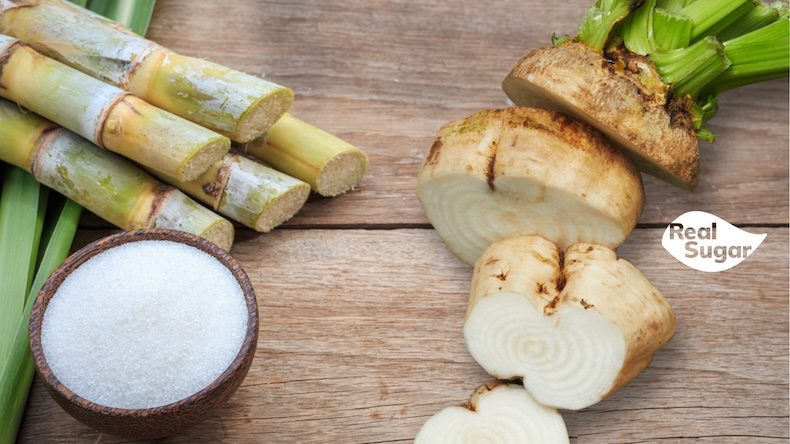
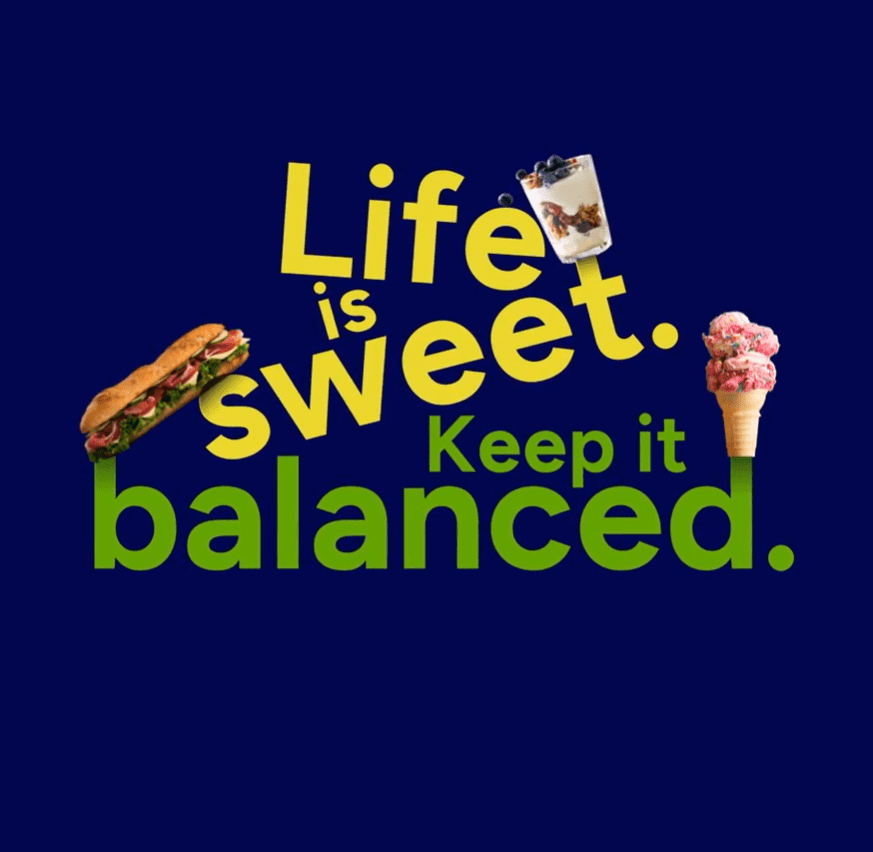
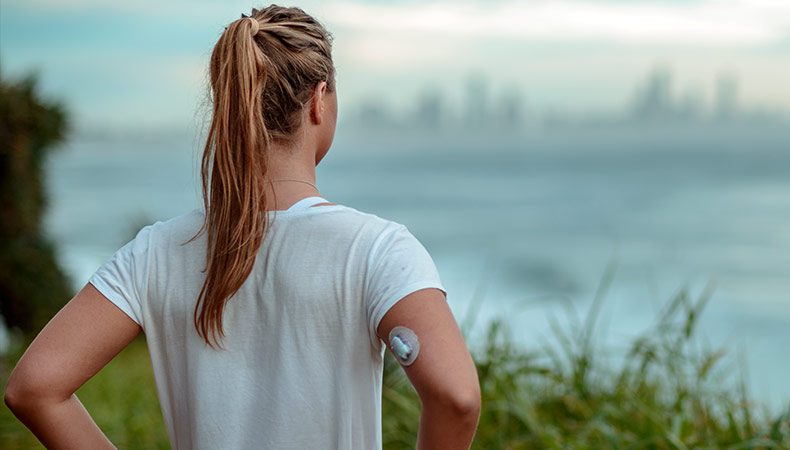

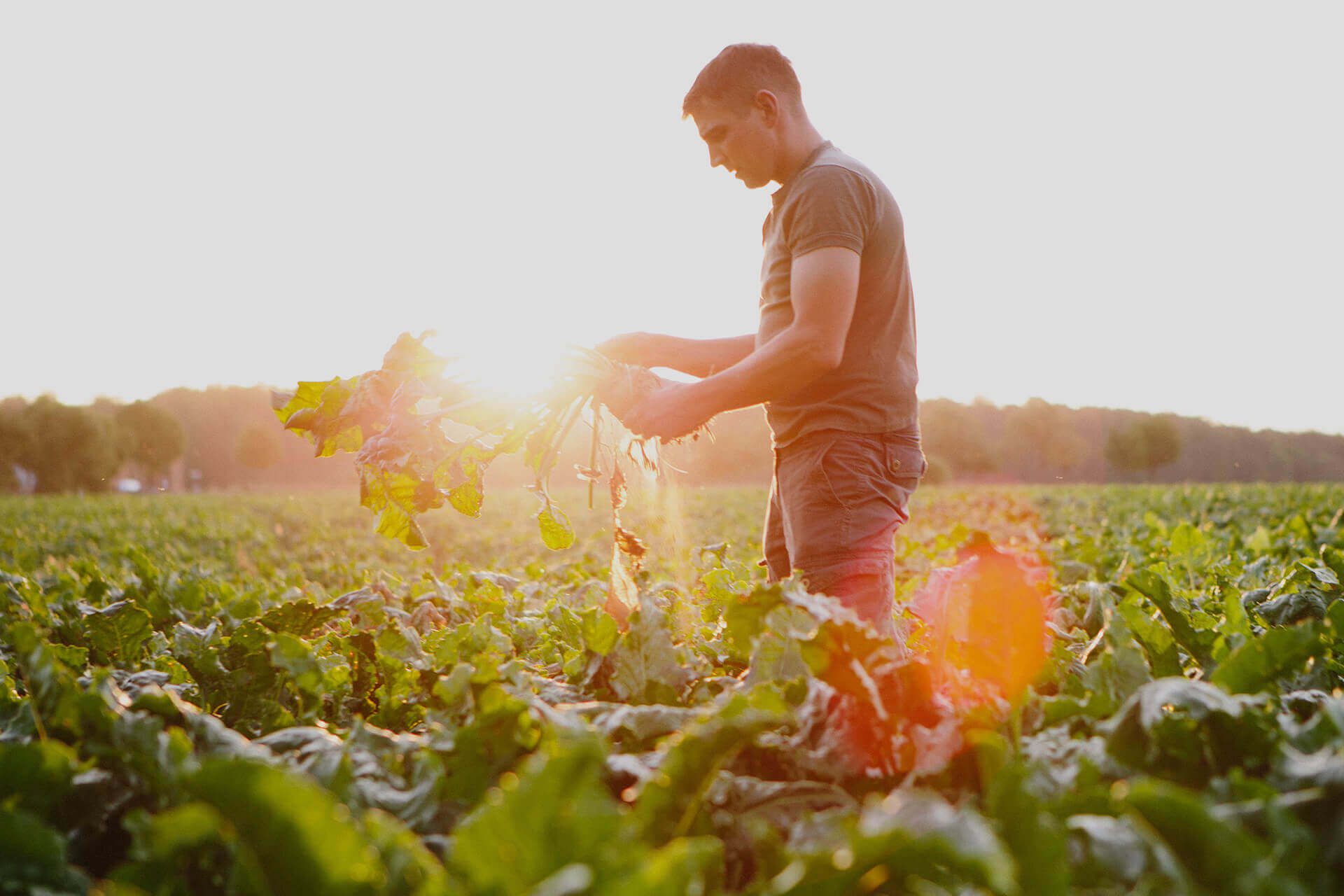
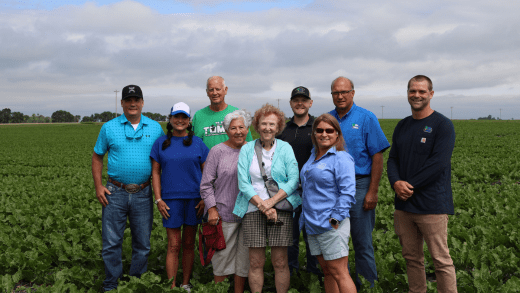

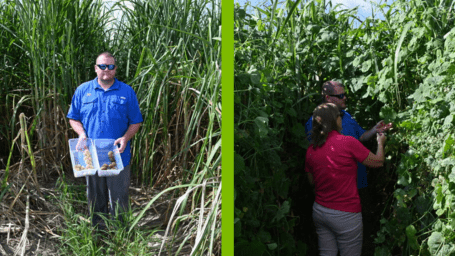


Get Social with #MoreToSugar